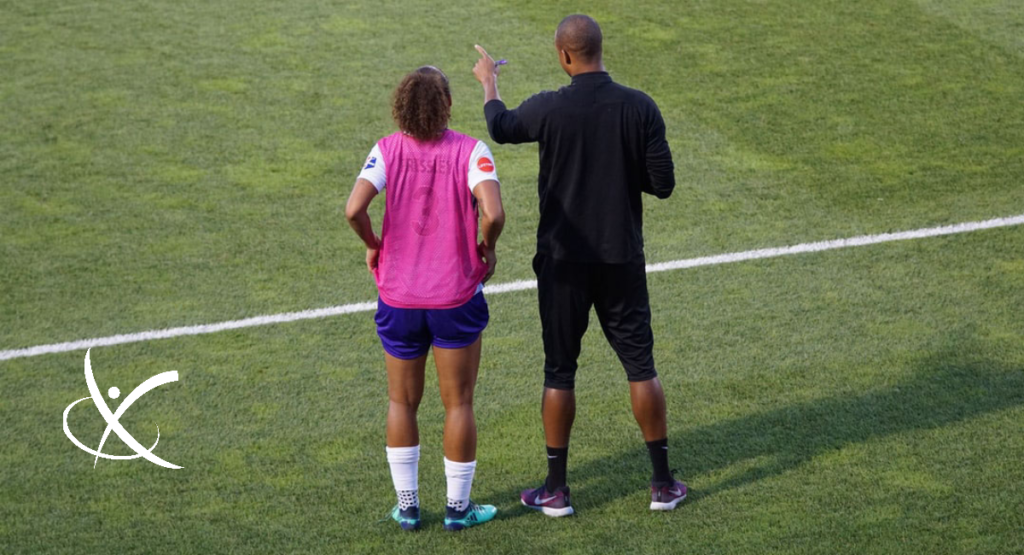COVID Considerations Part II: How to Approach Pre-Season
Using the 50-70-80-100 Rule
The NSCA is the National Strength and Conditioning Association. It is a non-profit professional organization that takes on the task of preparing athletes and keeping them healthy. Thankfully, through an abundance of research, they have guidelines for almost everything. What’s better is that they have guidelines for acclimatization periods that help athletes safely return to the sport after prolonged periods of time off. This is, arguably, the best approach we can have for getting our athletes back to sport while mitigating injury risk as best as possible. I’d like to break down some of the largest talking points and save the nitty-gritty details for a different post.
The most common questions I’m getting from coaches now is “how do we handle pre-season” or “how much do we push the athletes?” The conventional approach is that it should be a gradual exposure to activity and intensity. Nothing should change, to be honest. Protocols are in place, and we should follow them. Let’s take a standard 4-week cycle and break that down. I know it’s not ideal or practical in terms of pre-season but, none of this is ideal right now. We will consider these 4 weeks to be a “standard” 2-week pre-season, followed by the first 2 weeks of practice. Competitions should be planned no sooner than this 4 weeks. Here’s what it should look like:
We are going to use a gradual return to volume and intensity, based on the 50-70-80-100 rule. The first week should be 50% overall volume, the second week is 70%, the third week 80%, and the fourth week is where we approach 100% of total time on the athlete’s feet practicing and playing. Let’s assume the typical practice or training session is 2 hours. Then, we realize NCAA and NFHS dictates only 6 out of every 7 days can be played. So in a typical week, 6 days of 2-hour practices is 12 hours total. Then we apply the 50-70-80-100 rule.
Week 1: 6 hours (12 x 50%)
Week 2: 8.4 hours (12 x 70%)
Week 3: 9.6 hours (12 x 80%)
Week 4: 12 Hours (12 x 100%)
The total time of each week can be spread evenly across the 6 training days as the coach sees fit, but the total time should not exceed the % cap for that week. This gradual progression of time spent practicing will help alleviate excessive spikes of force or stress on the body which are associated with increased risk of injury. In addition to the progressive volume approach, it will be important to alternate training day intensities so a high-intensity day is followed by a low-intensity day. More specifics can be added with respect to off days and how to best incorporate different drills, but the framework above should be understood and implemented come the start of the new seasons. The month and sport may change for each person/team, but the considerations for returning to the sport after prolonged periods of inactivity should not. Please stay tuned for more content regarding adding strength and power appropriately.
Happy Training!
